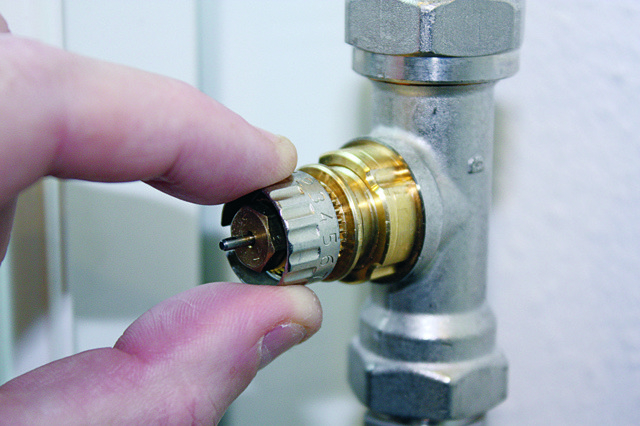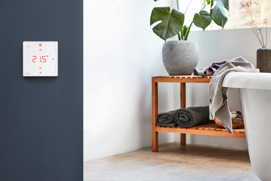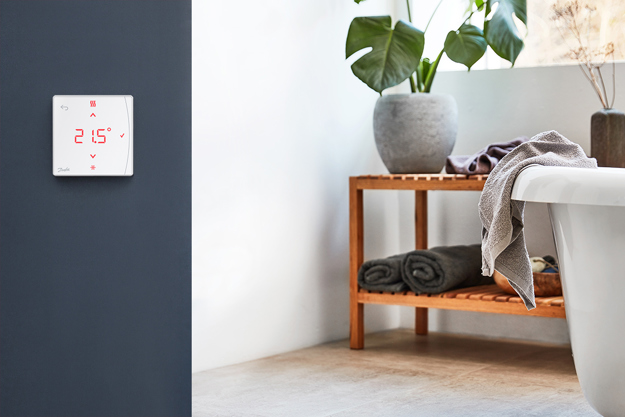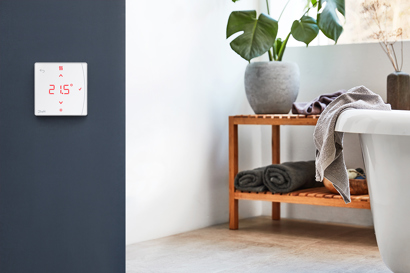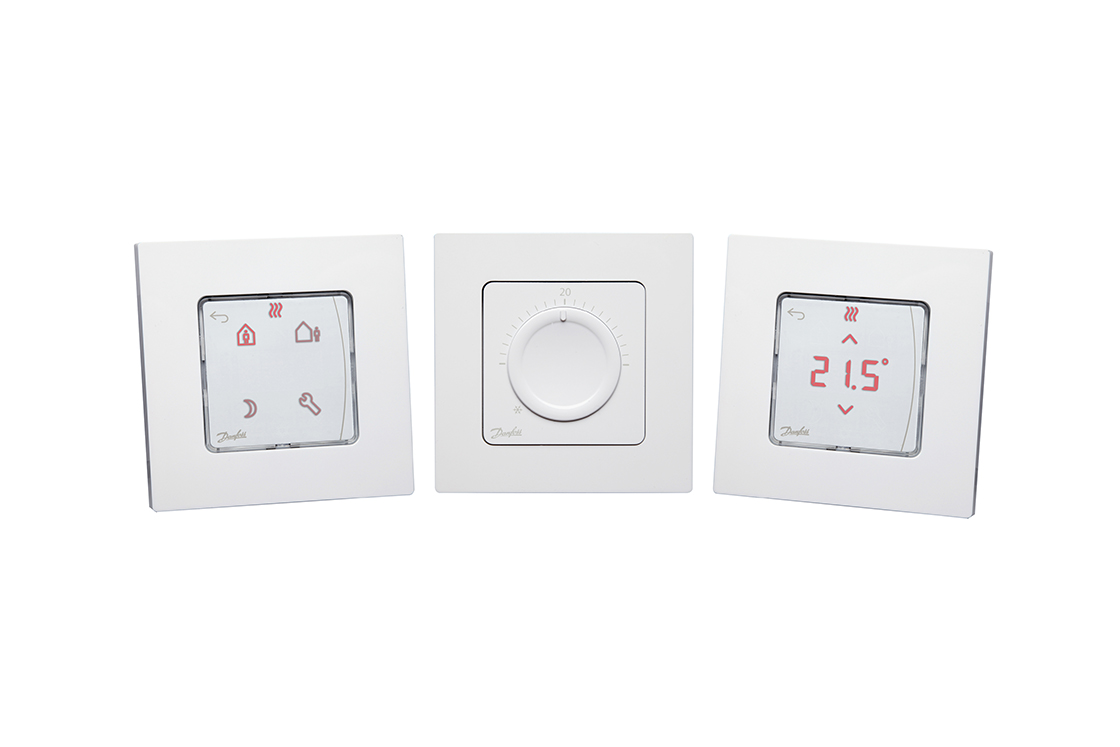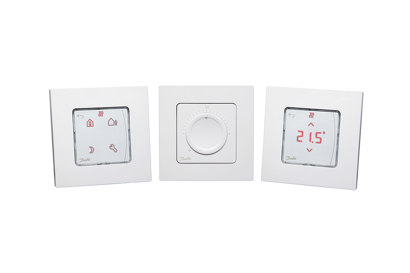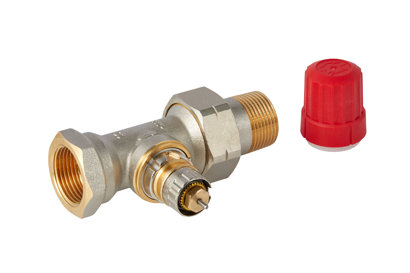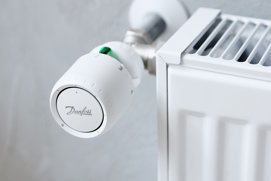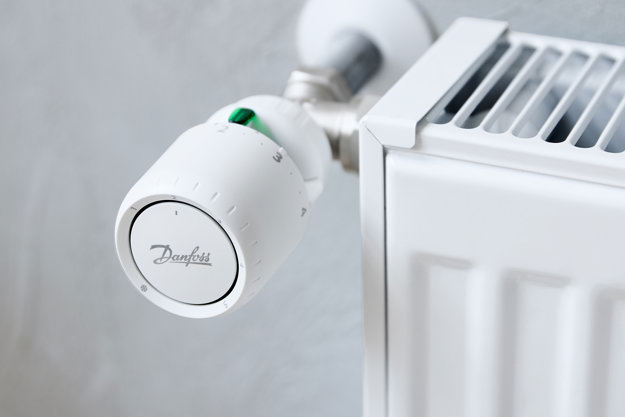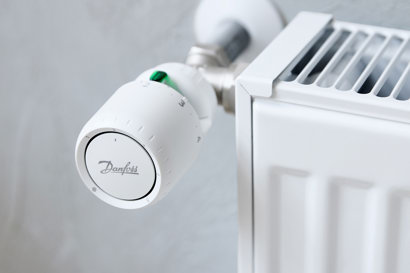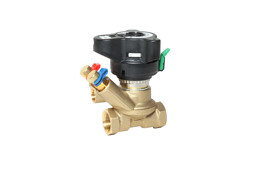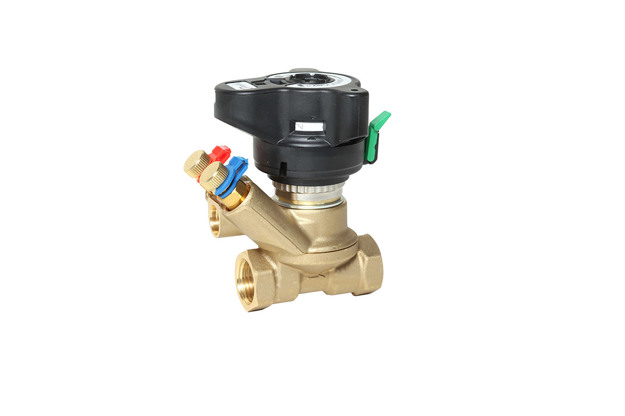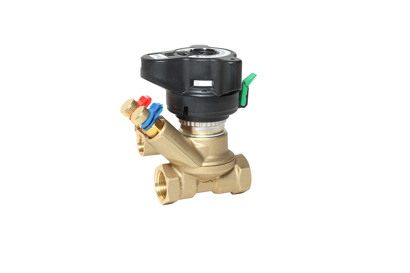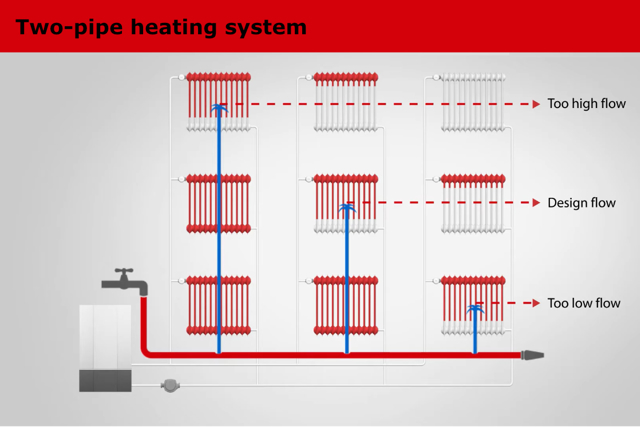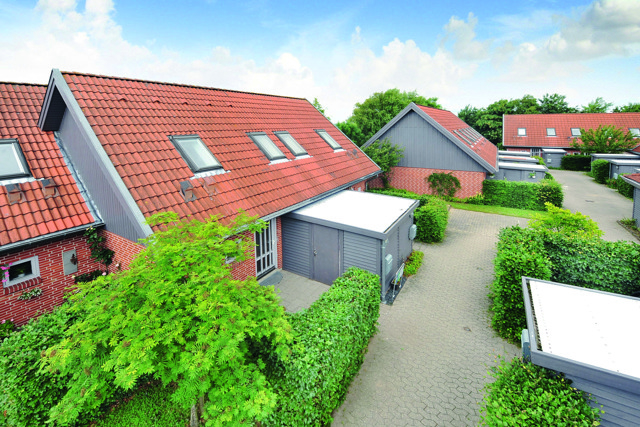How does static hydronic balancing work?
With static hydronic balancing, the mass flows are regulated manually, via pressure-dependent valves. Here, the mass flows are calculated and set exclusively for full load cases – efficiency-optimized heating water distribution is therefore only aimed at for the maximum utilization of the heating system. This means that the partial load case or varying load ratios cannot be mapped with this solution – which is why it is known as static balancing.
Related products
-
if (isSmallPicture) {


 Danfoss Icon2™
Danfoss Icon2™Advanced floor heating control for hydronic floor heating, designed for fast installation and to complement the interior. All underfloor heating products can be changed to Danfoss Icon2™ with all the new functions that modern underfloor heating control can offer.
-
if (isSmallPicture) {


 Danfoss Icon™ support
Danfoss Icon™ supportClick here to find documentation, software info, installation videos and guides.
-
if (isSmallPicture) {


 Radiator valves
Radiator valvesRobustly built and designed to meet the rigors of the commercial and industrial sectors, a comprehensive range of Danfoss radiator valves is available for practically all systems and installation conditions.
-
if (isSmallPicture) {


 Radiator thermostats overview
Radiator thermostats overviewDanfoss radiator thermostats maintain constant desired room temperatures, individually room by room and help to reduce energy consumption. Mechanical thermostats or smartphone controlled thermostats - find them all here.
-
if (isSmallPicture) {


 Manual balancing valves
Manual balancing valvesManual balancing valves provide a static, basic balancing solution for many HVAC applications. The valves limit the flow through different parts in heating, cooling and domestic hot water systems. Since manual balancing valves can not react to changing conditions, the valves are recommended to be used in constant flow systems.
Read more about other types of hydronic balancing

How to increase the energy efficiency of heating systems
With switching from natural gas to district heating or heat pump there are some aspects that you should always take into consideration.

